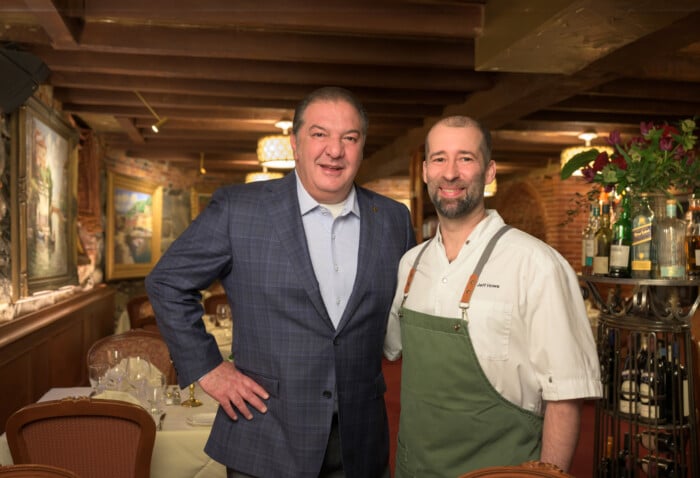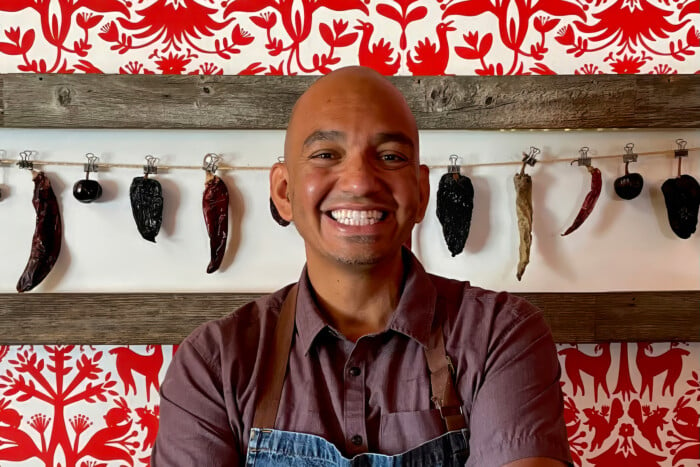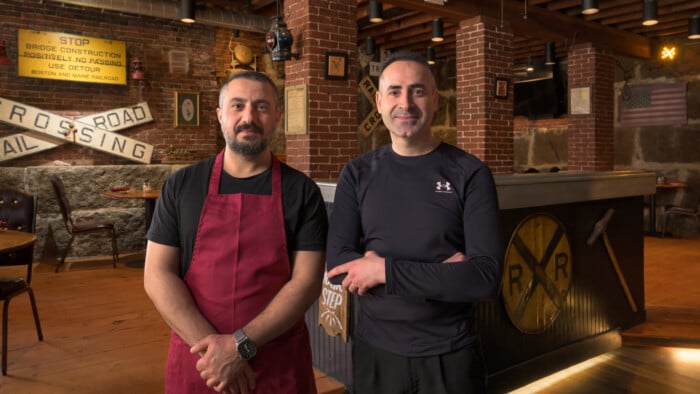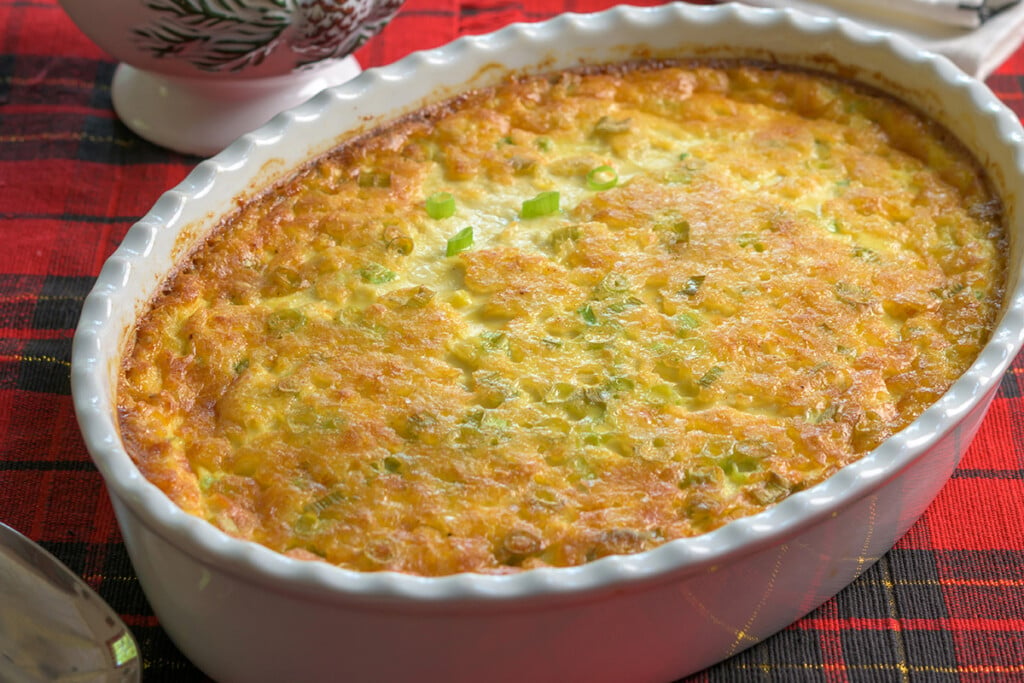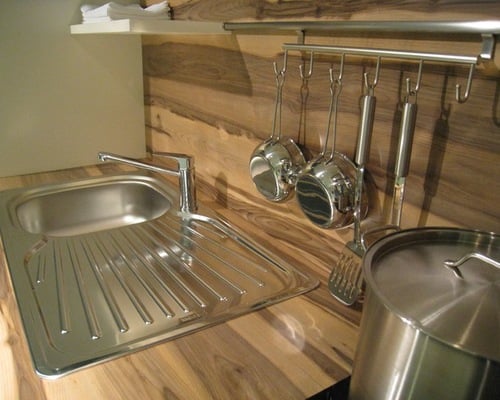Say Cheese
Transforming curds and whey at Bell & Goose Cheese Company

Bell & Goose cheesemaker Anna Cantelmo
Heron Pond Farm in South Hampton is home to Bell & Goose Cheese Company and cheesemaker Anna Cantelmo, who has more than a decade of studying the art of making cheese to her credit.
Anna works with local dairy sources and uses milk from both cows and sheep to make an extraordinary variety of cheeses — 13 to be exact — from Bulgarian-style feta to sheep milk Thistledown and a cow milk cheese similar to Swiss Jarlsberg called Hunca Munca, which is named after the Beatrix Potter character in “The Tale of Two Bad Mice.”
Making cheese goes back thousands of years, if you care to do the research. Simply put, it is the result of the coagulation of milk proteins. The process begins by collecting raw milk from domesticated mammals like sheep, cows, goats and buffalo. Added to heated milk is some type of rennet, a general name for enzymes that react with milk proteins that reach the proper temperature to achieve the coagulation stage to form curds, the milk solids and whey, the watery liquid byproduct that is left after the curds form. How long the curds are cooked and how they are formed, salted, flavored and aged are all factors that contribute to the plethora of cheeses available worldwide (some 1,800). The cheesemaker’s knowledge of the artisanal process factors in as well.
Cheddar, Swiss, Parmesan, mozzarella and provolone are some of the more common cheeses that consumers know, but if you really get into the language of cheese, you enter a world of hard and semi-hard, semi-soft to hard-rind and washed-rind cheeses. It can be mind-boggling.
Besides the popular cheese board or grilled cheese sandwich, cheeses play a versatile role in savory and sweet dishes, and choosing the right cheese for a dish is important. For example, soft cheeses are great for sauces and fondue. Hard and semi-hard cheeses are perfect as table cheese, in cooking or used for grating.
I had an opportunity to find out more about cheese-making from Anna’s perspective.
When did you start making cheese, and what influenced you?
Working as a cheesemonger, I was amazed by the diversity in cheese created with just four simple ingredients: milk, culture, rennet and salt. The baby farm animals that populate dairies in the spring were irresistible, and I soon found myself milking a few pet goats and making cheese in the kitchen. I now focus solely on cheese-making and work closely with Breezy Hill Creamery in Greenland, which provides fresh cow milk two or three times a week all year-round.
How do you decide what kinds of cheese to make?
I make the cheeses that I want to eat — the hard part is limiting the number of products! Our most recent cheese is the Bulgarian-style feta that is marinated in herbs and spices. I was never a fan of Greek-style feta but fell in love with the creamier Bulgarian style, which has bold flavor but less bite. My partner, Brand, also came up with the idea to add mustard seed to our butterkäse-style cheese, which adds a fun pop.
Do you make cheese all year long?
In the summer I make sheep milk cheese with milk from Black-Eyed Susan’s Sheep Dairy in Mont Vernon. While their cow milk cheeses can be found at local restaurants and farm stands year-round, the highly sought-after sheep milk cheeses are available at the dairy’s farmstand or farmer’s markets.
What is the best way to store cheese?
For hard, aged cheeses it’s best to wrap the cheese in parchment paper or a paper towel, and then place it in a storage bag or container.
What is one misconception consumers have about cheese?
That it’s only for special occasions! Cheese can be fancy, but it can also be an everyday, simple delight.
Quick Cheddar Quiche
Serves 6 to 8
 What is so lovely about this quiche is its versatility as a breakfast, lunch or dinner dish. Use a variety of fillings, depending on the season. This spring version is filled with artichoke hearts, diced ham and cheddar cheese with just the right amount of sharpness. Frozen puff pastry makes putting it all together a snap.
What is so lovely about this quiche is its versatility as a breakfast, lunch or dinner dish. Use a variety of fillings, depending on the season. This spring version is filled with artichoke hearts, diced ham and cheddar cheese with just the right amount of sharpness. Frozen puff pastry makes putting it all together a snap.
1 sheet frozen puff pastry, thawed
1 tablespoon vegetable oil
1 small onion, diced
1 cup frozen artichoke hearts, thawed
1½ cups diced ham or other cured meat
3 cups grated sharp cheddar cheese
4 extra-large eggs, slightly beaten with a fork
¼ cup sour cream
2 tablespoons mustard aioli (Stonewall Kitchen)
2 ½ cups light cream
¼ teaspoon ground nutmeg
2 tablespoons fresh thyme leaves
Salt to taste
Directions
- Preheat oven to 425°F.
- Roll the pastry dough on a lightly floured surface to fit a 10-inch by 1½-inch quiche or similar pan.
- Heat oil in a medium-size saucepan and cook the onion until wilted. Add the ham and artichoke hearts and cook about 3 minutes. Set aside to cool.
- Scatter 2 cups of cheese in base of quiche or pie shell and spread cooled ham mixture over the cheese. Spread remaining 1 cup of cheese on top.
- In a bowl, whisk together the eggs, sour cream, mustard aioli, light cream, nutmeg, thyme and salt to taste. Pour evenly over the filling.
- Place pan on a baking sheet and place in the oven. Bake 35 minutes or until set and crust is nicely browned. Let cool slightly, then cut into wedges and serve warm.
Bowties with Feta Cheese Sauce
Serves 4
 Feta cheese marinated in herbs and spices makes a perfectly seasoned sauce for short cuts of pasta like bowties. Feta, a Greek cheese, is made from sheep milk or from a mixture of sheep and goat milk. A compact, soft cheese with no rind, it is formed into blocks, making it easy to cut into small pieces or crumble.
Feta cheese marinated in herbs and spices makes a perfectly seasoned sauce for short cuts of pasta like bowties. Feta, a Greek cheese, is made from sheep milk or from a mixture of sheep and goat milk. A compact, soft cheese with no rind, it is formed into blocks, making it easy to cut into small pieces or crumble.
6 ounces marinated feta cheese
½ cup dried tomatoes in olive oil
1 cup pitted olives
(green, black or a combination)
¼ teaspoon hot red chili flakes
Salt to taste
Grinding of coarse black pepper
8 ounces bowtie pasta
Directions
- Drain the cheese, reserving the marinade. Cut the cheese into small cubes and place them in a medium-size bowl.
- Add the tomatoes, olives and chili pepper flakes. Toss the ingredients gently and set aside.
- Cook the bowties until al dente, drain and return them to the cooking pot.
- Over low heat, add the reserved marinade to the pot and toss the bowties well to coat them. Add the tomato and cheese mixture and toss gently.
- Season with salt to taste and a grinding of pepper. Serve hot.
